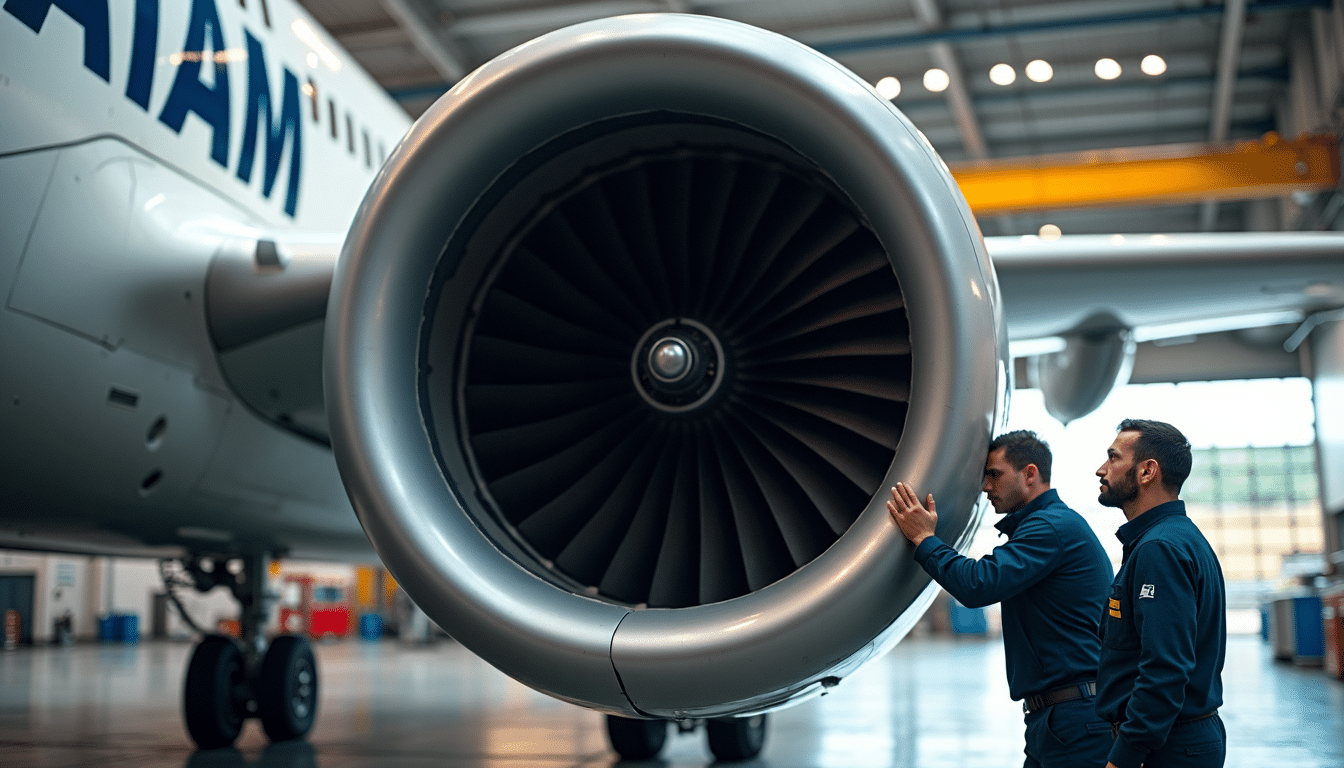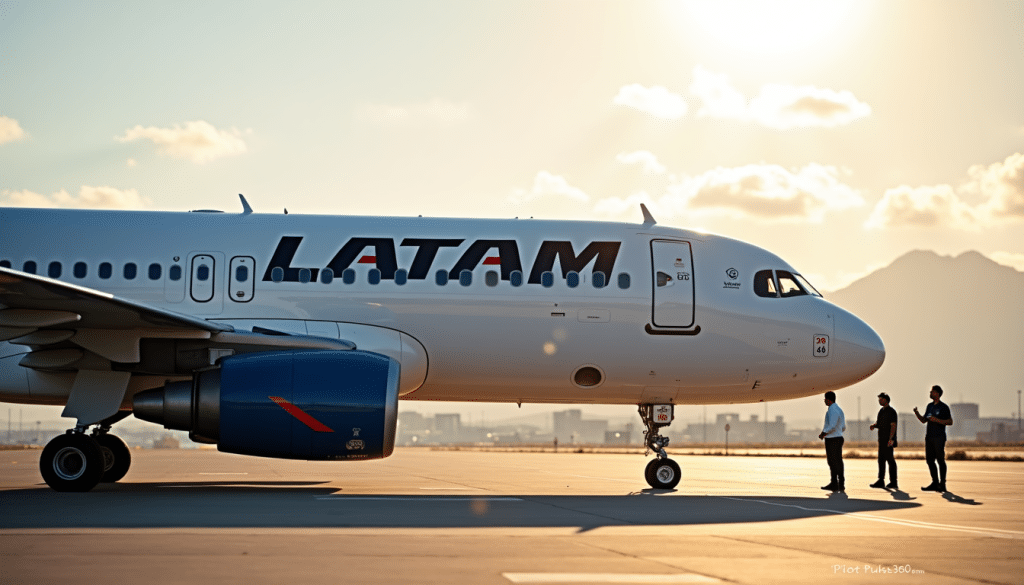As you consider the future of air travel in South America, you’ll be interested to know that LATAM Airlines Group’s introduction of new Embraer 195-E2 jets will enable the company to add 35 new destinations to its existing 130 routes in the region. With these new aircraft, you can expect increased connectivity to smaller cities, where air travel is often the only viable option due to challenging geography.
However, engine woes remain a concern. CEO Roberto Alvo has cited ongoing issues with Pratt & Whitney engines on A320s, noting that the problem continues to impact operations.
LATAM’s Strategic Growth
The expansion of LATAM’s fleet plays a key role in its growth strategy. The airline currently has 24 Embraer 195-E2 jets and 15 Boeing 787-9s on order, reflecting its long-term commitment to regional and international expansion.
Expansion of Destinations
LATAM plans to add 35 new destinations in South America, bringing the total to over 165. These new aircraft will allow the company to connect smaller and remote areas, strengthening the region’s air travel network.
Impact of New Aircraft on Operations
The new fleet will have a positive impact on LATAM’s operations. The Embraer 195-E2 jets can operate in areas with limited infrastructure, improving connectivity between smaller cities and regional hubs.

The extended range of the A321XLRs will also allow LATAM to open new long, thin routes, such as Lima to the U.S. These decisions will be finalized closer to the 2027 deliveries. While engine issues persist, Rolls-Royce and Pratt & Whitney are working to find solutions. A short-term fix is not expected, but Boeing has shown clear improvement in 787 deliveries, with no new delays reported recently.
Current Fleet and Future Orders
LATAM has several aircraft on order, including 24 Embraer 195-E2 jets and 15 Boeing 787-9s. These additions will help the airline increase its destinations across South America and beyond.
Overview of Aircraft Orders
LATAM has ordered over 80 Airbus A320/321neos, in addition to its E2s and 787-9s. This shows a strong commitment to expanding its fleet and improving passenger service.
Long-haul and Narrowbody Plans
With the extended range of the A321XLRs, LATAM may launch new routes such as Lima to the U.S., once deliveries begin in 2027.
The airline is also focusing on connecting smaller cities through the new E2s. Combined, these aircraft will expand LATAM’s network and improve connectivity for passengers. The E2s are expected to enter service in 2026, followed by the A321XLRs in 2027.
Engine Supply Challenges
Engine supply challenges remain a significant concern for LATAM. CEO Roberto Alvo continues to highlight problems with Pratt & Whitney engines on A320s, though some progress has been made.

Current Issues with Deliveries
Delivery delays are still an issue, but Alvo notes improvement in 787 deliveries. Fewer delays have been reported in recent meetings, which is a positive sign.
Relationships with Engine Manufacturers
Alvo acknowledges the efforts of Rolls-Royce to address 787 issues but remains frustrated by the slow progress from Pratt & Whitney. Collaboration and communication remain key to resolving these challenges.
Although Pratt & Whitney is working to improve reliability, the situation is not yet satisfactory. Engine problems are likely to continue for several years, making vigilance and cooperation between LATAM and its suppliers essential.
Future Outlook for 787 Deliveries
The delivery of new 787s is expected to continue, with improvements in the schedule. This is encouraging news for LATAM’s growth plans.
Improvements and Expectations
Boeing has made progress in stabilizing its delivery timelines. Fewer delays and more predictable schedules are helping airlines plan more effectively.
Comparison with Previous Delays
Compared to past years, 787 deliveries are now far more reliable. The following table shows how delays have decreased:
| Year | Delays |
|---|---|
| 2020 | 10 |
| 2022 | 5 |
This reduction demonstrates a more stable delivery pattern, which is vital for fleet planning and operations.
LATAM’s Market Position
LATAM’s ability to expand its network depends heavily on its fleet composition. The addition of new aircraft will allow the airline to open 35 new destinations in South America.
Competitiveness in South America
LATAM’s large fleet size and extensive network give it a competitive edge in the region. These factors help it maintain a strong market presence.

Strategic Partnerships
Partnerships with Boeing and Airbus are central to LATAM’s growth strategy. Orders for new aircraft will continue to drive the airline’s expansion in the coming years.
Collaboration with Rolls-Royce and Pratt & Whitney focuses on improving engine reliability, a key challenge for the airline. CEO Roberto Alvo expects these issues to persist but remains confident that cooperation will lead to gradual improvements.
Summing Up
LATAM’s introduction of new aircraft will enable it to explore 35 new South American routes. Although engine woes remain a concern, the airline’s leadership is actively addressing the problem. Continued improvements are expected as LATAM expands its fleet and services in the coming years.

